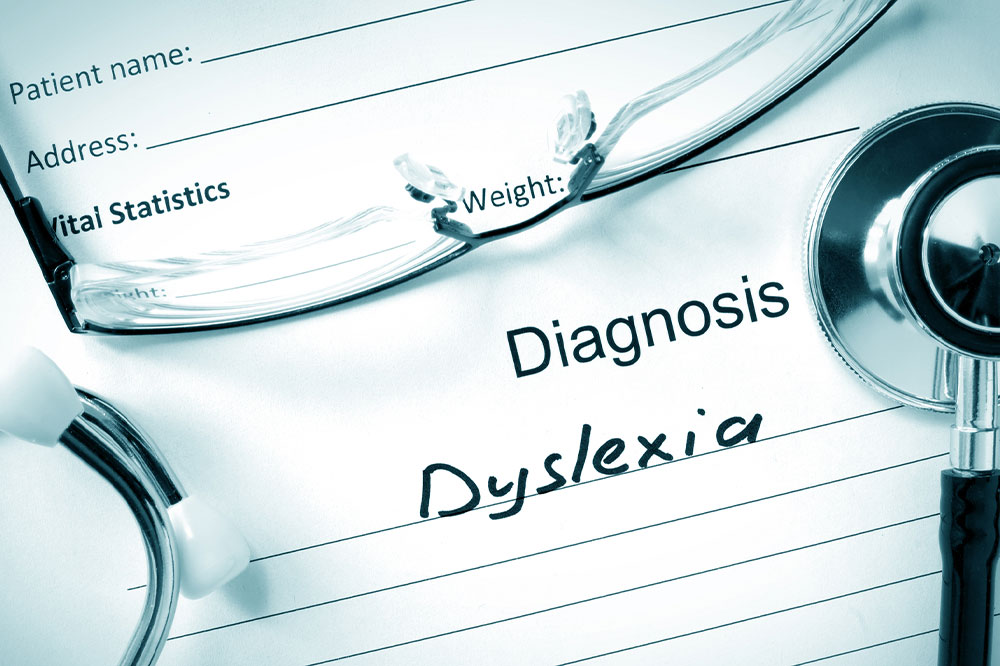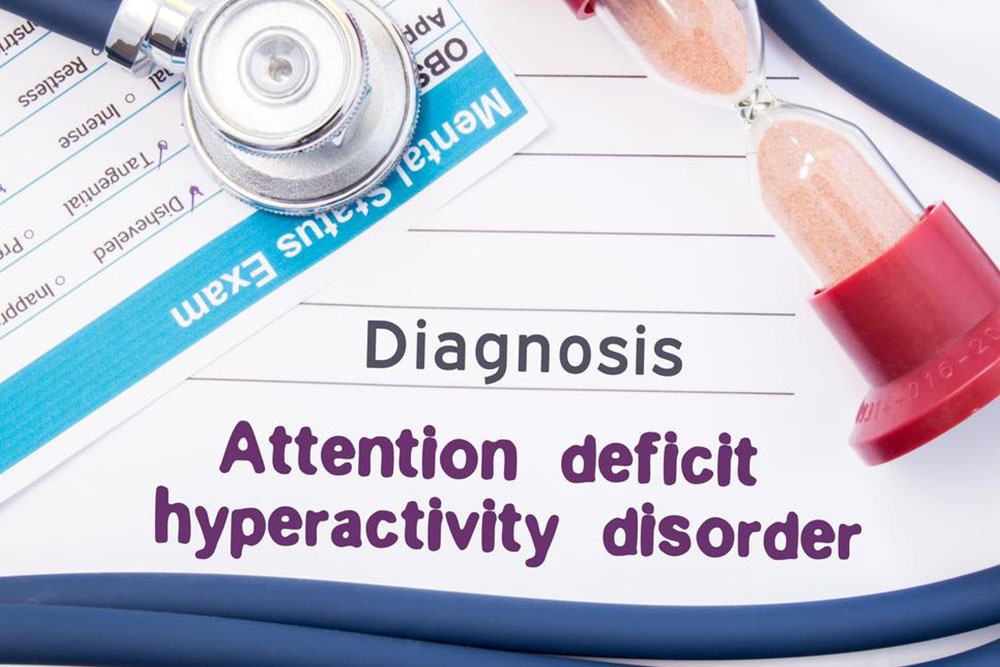Understanding Dyslexia: Causes, Symptoms, and Diagnosis
Dyslexia is a neurological learning disorder affecting reading, spelling, and comprehension, with causes linked to genetics and brain processing issues. Early signs include letter reversals and decoding difficulties. Diagnosis involves comprehensive assessments, and support through multisensory methods and technology can greatly improve learning outcomes. Recognizing the condition early is key to effective management and success.
Sponsored

Dyslexia is a learning challenge that primarily affects reading, making it difficult to decode words smoothly and accurately. It may also impact spelling, writing, and comprehension. Some individuals experience challenges with math and organizational skills too. While commonly identified in children, dyslexia can persist into adulthood. Recognizing the signs and understanding potential roots can aid in managing this condition effectively.
Causes
The origins of dyslexia are linked to genetic and environmental influences. It often runs in families, suggesting a hereditary component. Brain processing irregularities, neurological conditions, or injury can contribute as well. Emotional factors are also considered but do not cause dyslexia. Importantly, intelligence and motivation are unrelated to the disorder. Many with dyslexia have above-average IQs.
Researchers propose theories such as phoneme processing deficiencies or neurotransmitter imbalances in the brain as potential causes. Regardless, dyslexia is a neurological condition—not a result of laziness. Early diagnosis and intervention enable individuals to improve reading and writing skills effectively.
Signs and Symptoms
Difficulty recognizing sounds within words, known as phonemic awareness, is typical. Common signs include letter reversals, like confusing 'b' and 'd', or reading 'w' as 'm'. Early indicators also involve trouble decoding unfamiliar words and recognizing familiar ones quickly.
Additional symptoms include slow reading, challenges with spelling, issues in rhyming, and difficulty segmenting multi-syllable words. Some children may struggle with alphabet learning, speech development, or remembering sequences. Others may take longer to grasp new concepts or follow along during reading sessions. Writing difficulties, disorganized thoughts, and inconsistent reading pace are also common.
Dyslexia severity varies; some may remain unaware of their condition, while it can significantly impact academic and professional life. Recognizing these signs early enables better support and tailored strategies.
Diagnosis
Diagnosing dyslexia can be complex due to the diverse presentation of symptoms. Children might go undetected, especially with mild signs. Unlike straightforward tests, diagnosis involves evaluating performance in reading, spelling, behavioral observations, and family history. No single test confirms dyslexia; instead, a comprehensive assessment by specialists is essential.
Although there is no cure, various teaching methods and supports can help individuals improve. Multisensory instruction—integrating visual, auditory, and tactile learning—has proven effective. Personalized tutoring addresses individual strengths and weaknesses, fostering progress. Assistive technology, such as reading apps and speech software, further supports learning.
If you suspect your child has dyslexia, consulting an educator or a healthcare professional is crucial. Proper evaluation can lead to targeted interventions, greatly enhancing learning outcomes. Early diagnosis and individualized strategies provide significant advantages, helping those with dyslexia succeed academically and beyond.





